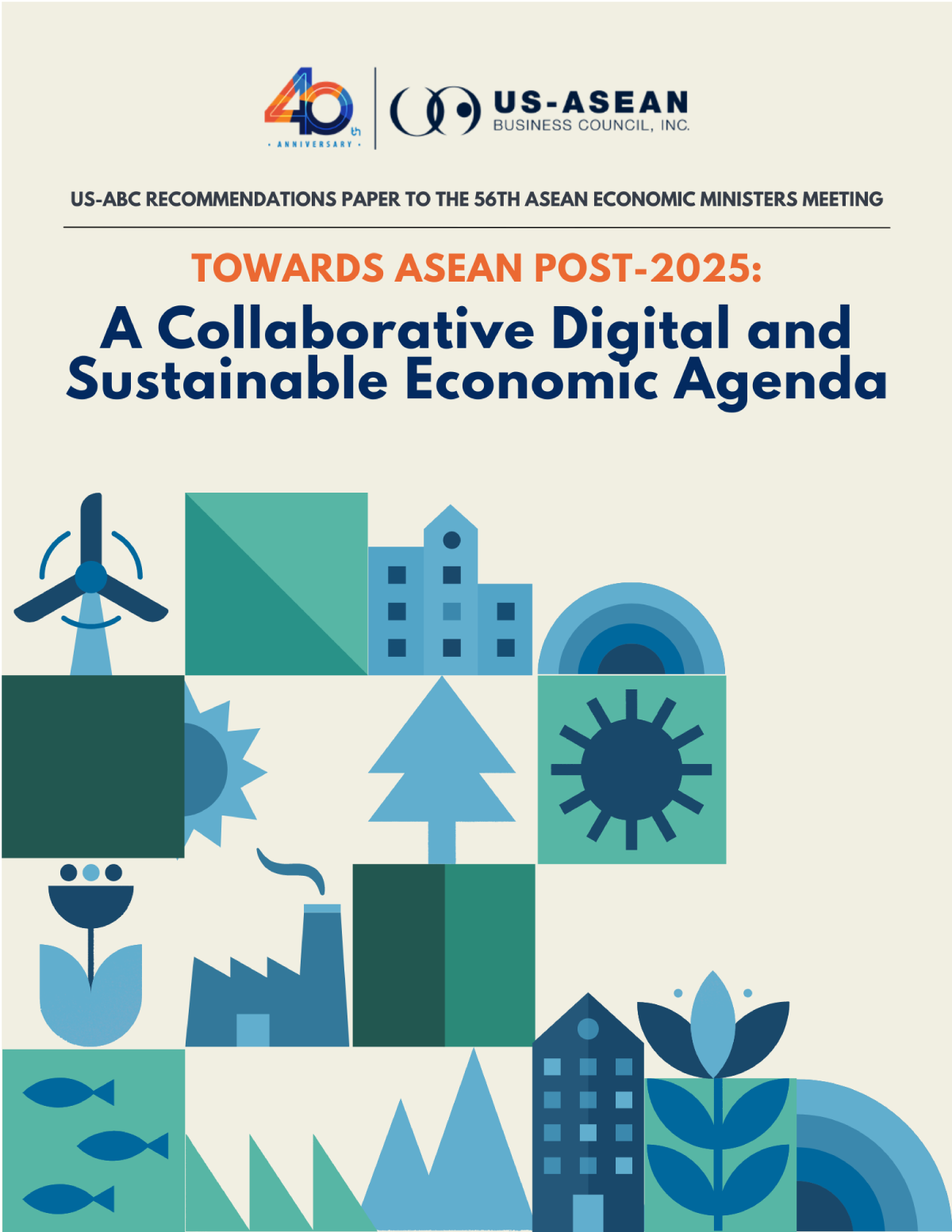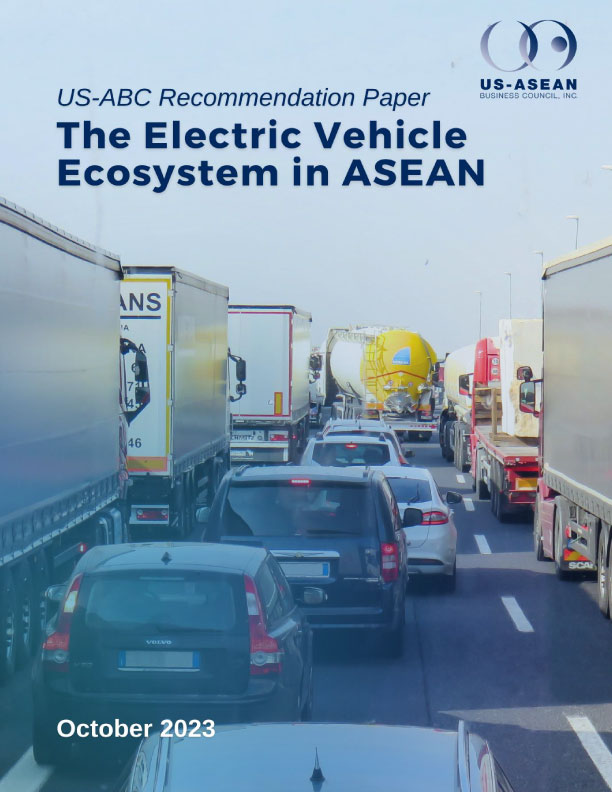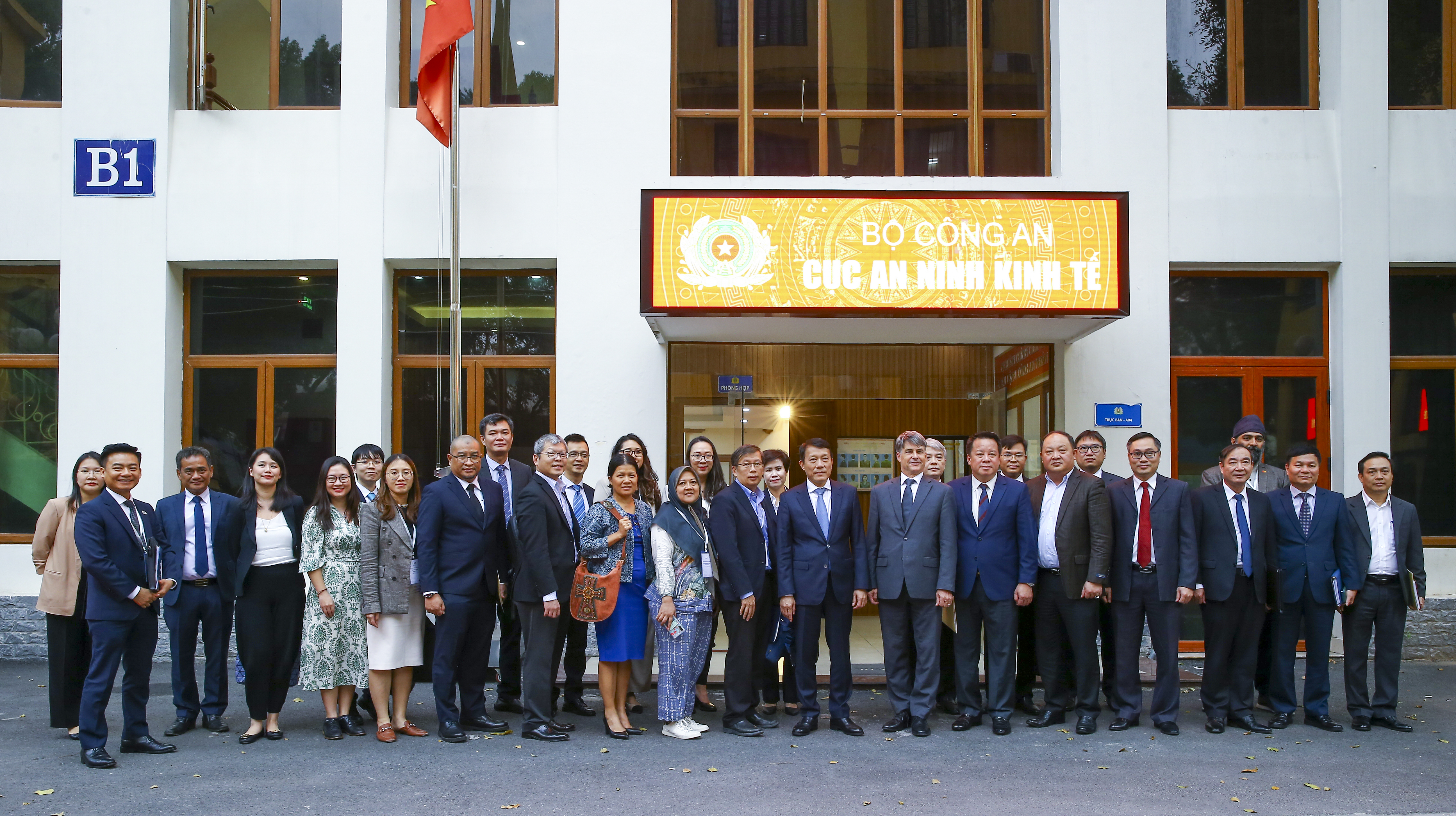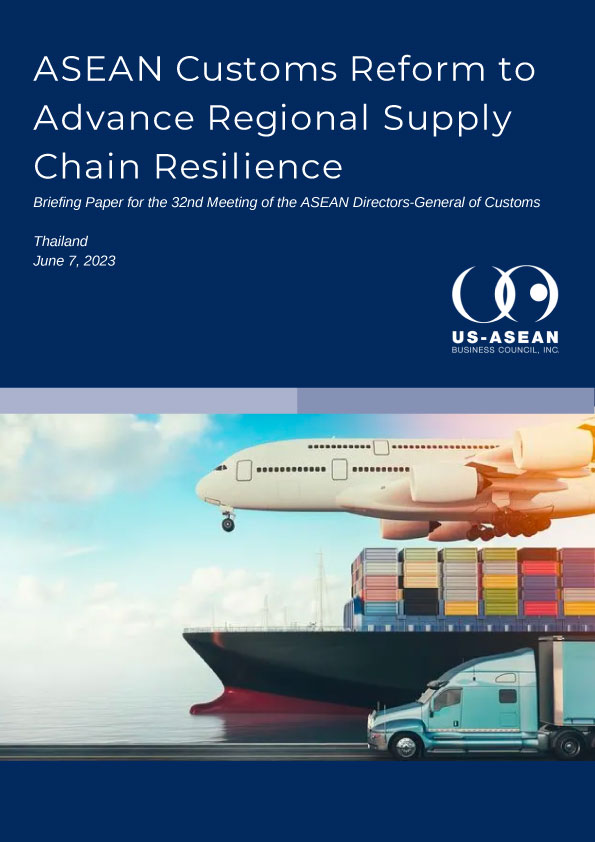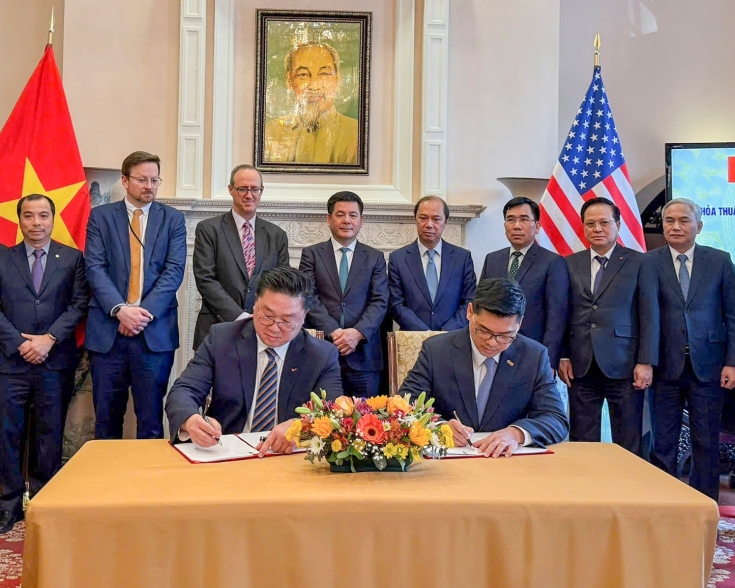Electricity export continues to be the leading contributor to its exports

Lao annual trade in 2023 witnessed a surge of 3.5% compared to 2022, reaching a total of $15.5 billion, with an export value of $8.3 billion and an import value of $7.2 billion. In the top export and import goods, electricity and diesel respectively dominated the lists, with an export of approximately $2.4 billion in electricity and an import of around $0.9 billion in diesel. Electricity exports have notably propelled Laos’s trade surplus, accounting for 28.5% of total exports.
Lao government hopes the country will become “the battery of Southeast Asia” in the near future. The country currently sells electricity to six countries, namely Thailand, China, Myanmar, Vietnam, Cambodia and Singapore. They have transmission lines with Vietnam, Cambodia, and Thailand, then electricity is transferred from Thailand to Malaysia, subsequently to Singapore.
In Laos’ energy mix, hydropower accounts for about 70%. The landlocked country chooses hydropower as the primary means to achieve its renewable energy goals. According to the Mekong Infrastructure Tracker, by September 2023, Lao 76 operational hydropower dams supplied 9,608 MW in generation capacity as compared to 1,878 MW from coal and only 56 MW from its 10 solar plants. In 2021, Laos exported over 6,400 MW to ASEAN member countries. The figure is expected to reach 20,000 MW by 2030.
However, the overreliance on hydropower also raises concerns, especially about the electricity shortage during the dry season and also concerns about environmental problems. In recent years, Laos has been trying to improve its non-hydro power portfolio with big windfarm projects, notably the 600MW-capacity windfarm in southeastern Laos and the 1200MW-capacity windfarm near its border with Vietnam. Renewable energy is in high demand in regional countries, especially Vietnam and Thailand, as both countries are making ambitious moves toward the clean energy transition, as well as their industrial hubs require larger sources of electricity.

